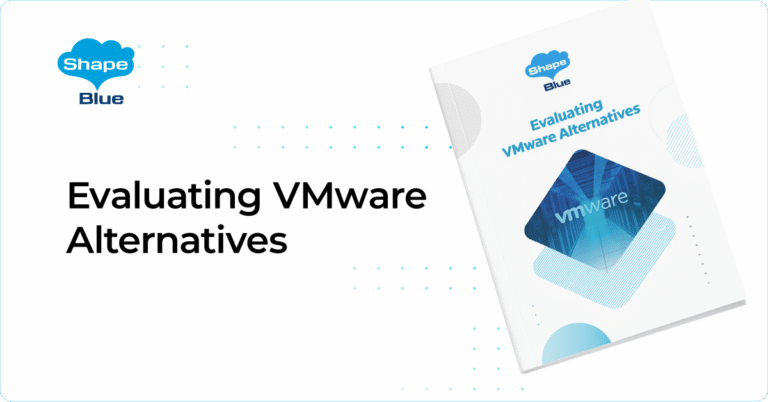What’s new in CAPC v0.5.0
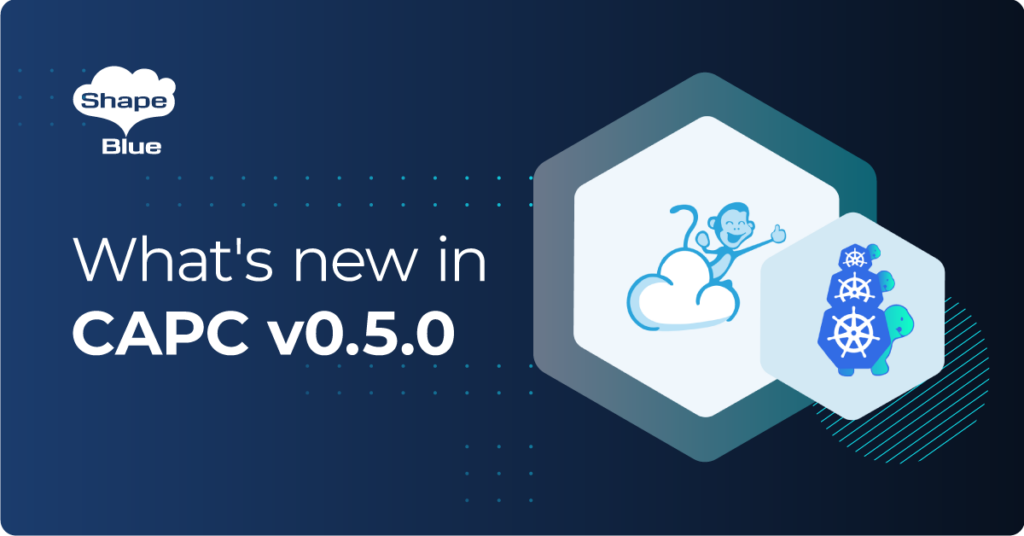
Kubernetes Cluster API Provider for CloudStack (CAPC) enables users to create and manage Kubernetes clusters on Apache CloudStack using the Kubernetes Cluster API (CAPI). Go through the new features in the presentation of Software Engineer at ShapeBlue, Vishesh Jindal: The newly released CAPC v0.5.0 introduces numerous new capabilities and improvements. Some of the key […]
White Paper: Dell PowerFlex Integration with Apache CloudStack
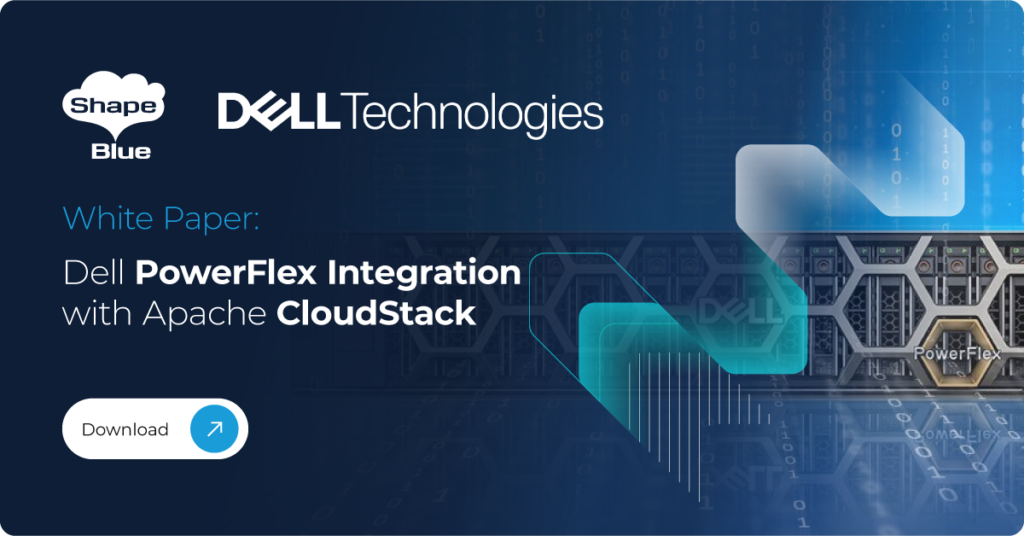
Dell Technologies, in collaboration with ShapeBlue, developed a white paper describing the integration of Dell PowerFlex storage with the Apache CloudStack Infrastructure-as-a-Service platform. This integration facilitates the deployment of reliable and easy-to-manage cloud infrastructure with KVM hypervisor using the PowerFlex storage
IaaS Transformation: Apache CloudStack and Dell PowerFlex
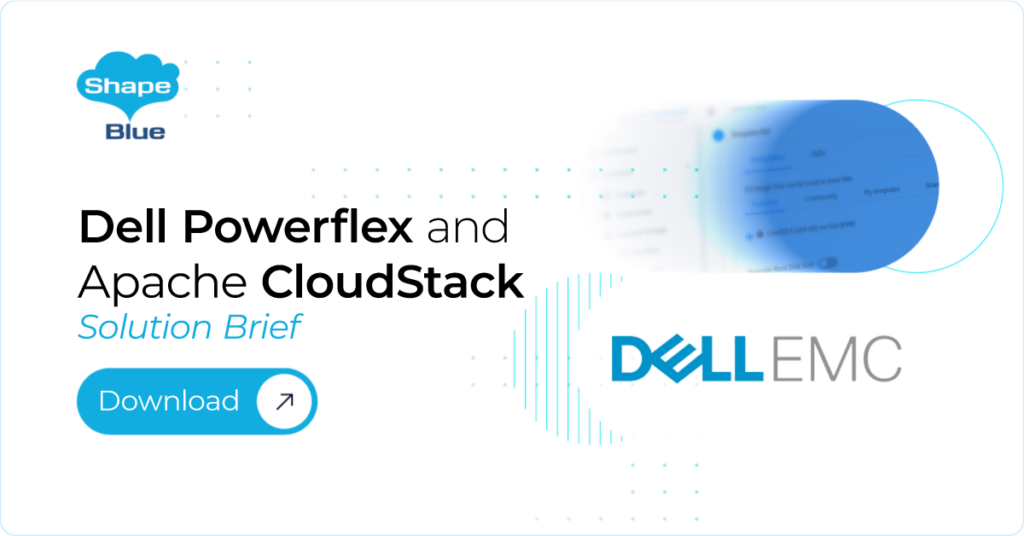
In a multi-cloud world, where data is emerging, storage is not just a necessity. It is the bedrock upon which cloud services are built. As data grows exponentially, the demand for reliable, scalable, and cost-effective storage has never been higher. Within the CloudStack environment, storage is pivotal in ensuring the seamless functioning of instances and […]
Kubernetes CAPI Provider for Apache CloudStack by Amazon Web Services and ShapeBlue
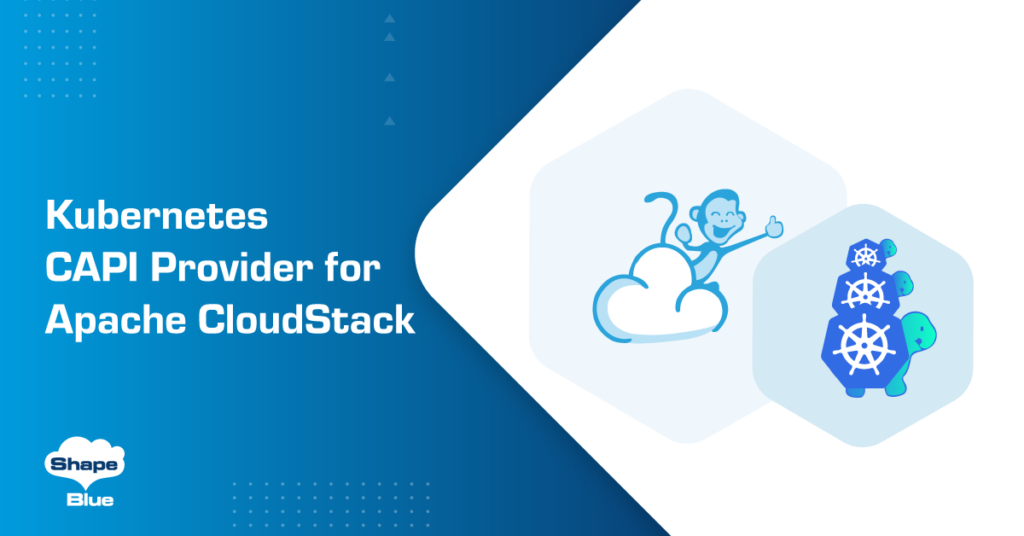
The Kubernetes Cluster API (CAPI) provider for Apache CloudStack allows Kubernetes users to build and manage resources on Apache CloudStack. The provider is available under the Apache 2 open-source license and has been donated to the Cloud Native Computing Foundation (CNCF) and was developed by Amazon Web Services (AWS) and ShapeBlue. CAPI is a Kubernetes […]
CloudStack Integrations: StorPool Storage – High-performance Primary Storage Platform
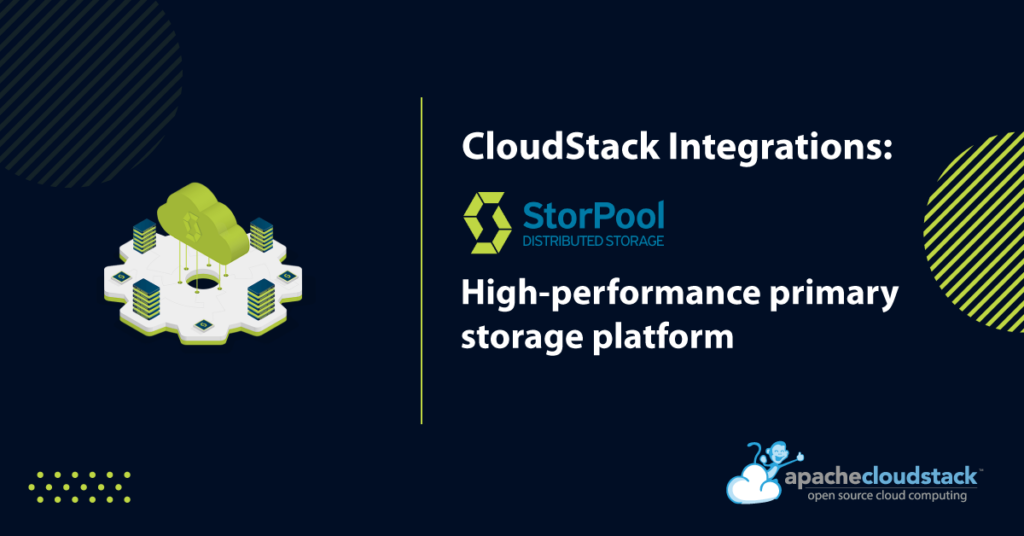
Cloud builders worldwide – Managed Services Providers, Hosting Services Providers, Cloud Services Providers, Enterprises, and SaaS Vendors – are always seeking ways to optimize the architecture and cost of their public and private cloud deployments. With Apache CloudStack and StorPool Storage, they can deploy a highly automated cloud that delivers the application performance and reliability […]
CloudStack Integrations: LINBIT – Open-source SDS Solution
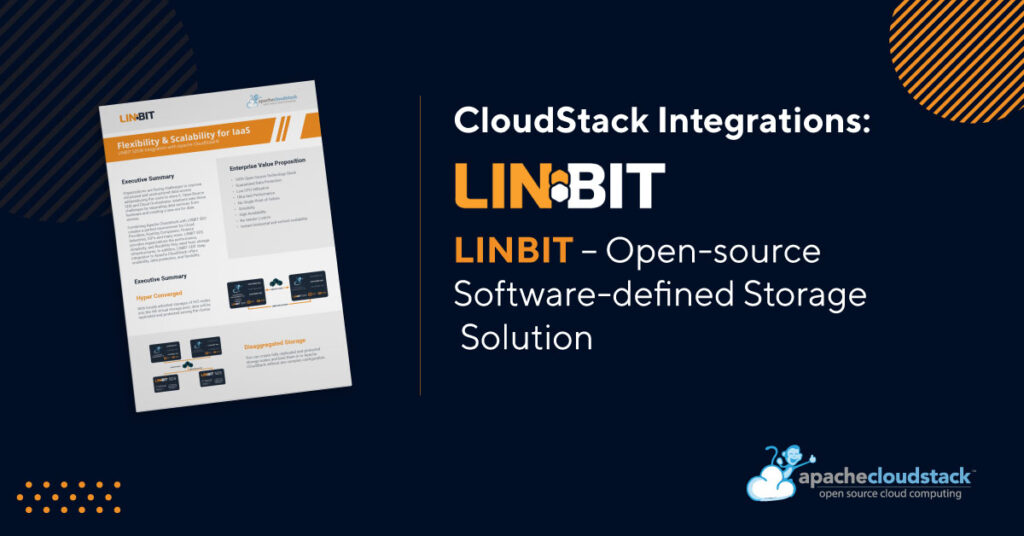
Apache CloudStack is the leading open-source cloud orchestration platform used by many of the world’s largest public and private clouds. It is a multi-hypervisor, multi-tenant, high-availability Infrastructure as a Service cloud management platform. CloudStack is a virtualization platform that provides a cloud orchestration layer, giving automation of the creation, provisioning and configuration of IaaS components […]
Automating Infrastructure with CloudStack and Terraform
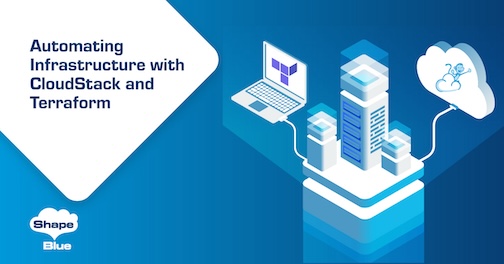
Apache CloudStack is one of the most commonly used IaaS platforms, orchestrating infrastructure and maximizing the benefits of cloud computing. Many large enterprises already use CloudStack with different use cases, and with ever-growing adoption, there is a need to automate these complex infrastructures and the provision of cloud deployments to: · Minimise time spent on […]
What’s new in CloudStack 4.16
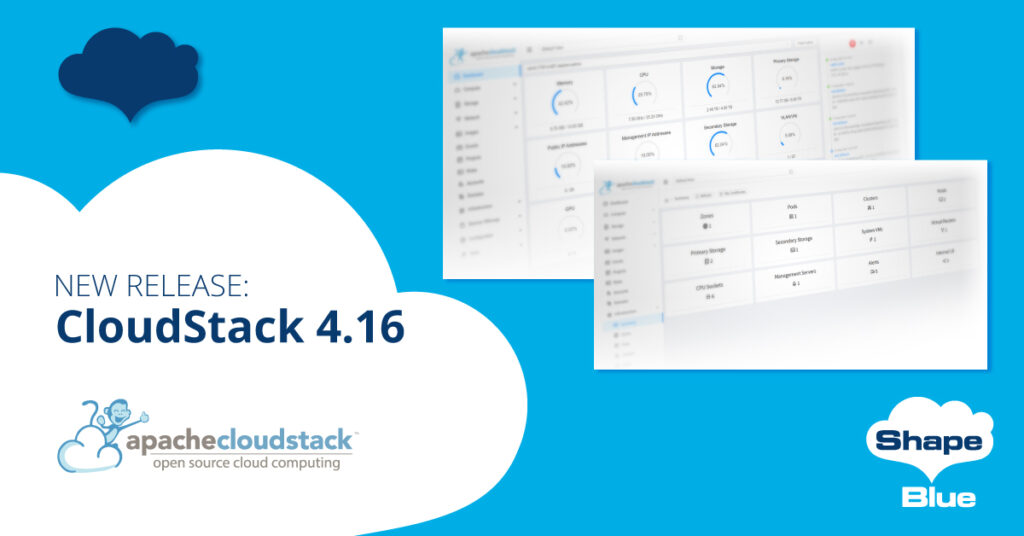
Apache CloudStack 4.16 is the latest release of the cloud management platform from the Apache Software Foundation and is a result of months of work from the development community. 4.16 is an LTS (Long Term Support) release so will be maintained for a period of 18 months after release. As always, the release contains a […]
The C-level Perspective on Running Open-Source Cloud with Ceph and CloudStack
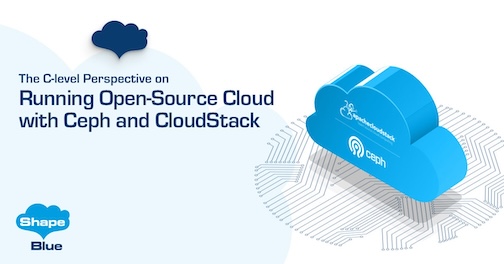
The cloud and hosting market has experienced a complete transformation during the last decade. While previously there was a range of mid-sized local cloud providers dominating the market in each country, many providers were acquired by VC’s, larger providers, telcos and third-party enterprises in the last ten years. It is getting harder and harder for […]
Rocky Linux and openSUSE Support in CloudStack
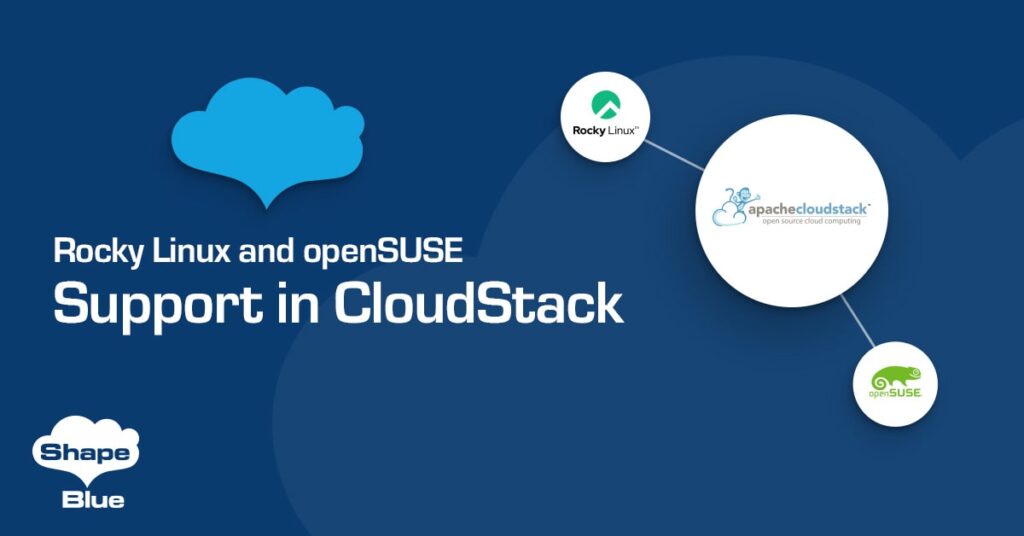
In December 2020, Red Hat announced major changes to the roadmap of its CentOS distribution, including the early end of life of CentOS 8 in December 2021. Due to this sudden and unexpected change, new Linux distributions have been developed as possible alternatives to CentOS, which are binary-compatible with Red Hat Enterprise Linux 8 (RHEL8). […]



